5 Cheap Alternatives to Central Air Conditioning
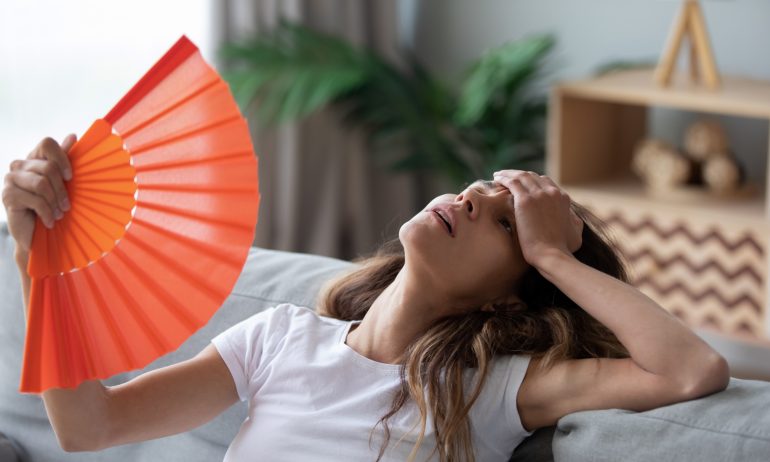
Many or all of the products featured here are from our partners who compensate us. This influences which products we write about and where and how the product appears on a page. However, this does not influence our evaluations. Our opinions are our own. Here is a list of our partners and here's how we make money.
Central air conditioning may be the gold standard for cooling, but it doesn't come cheap. A new unit and installation costs can easily run north of $5,000. But you don’t have to sweat it out if central air isn’t in your home improvement budget. Here are five more affordable alternatives.
1. Window air conditioners
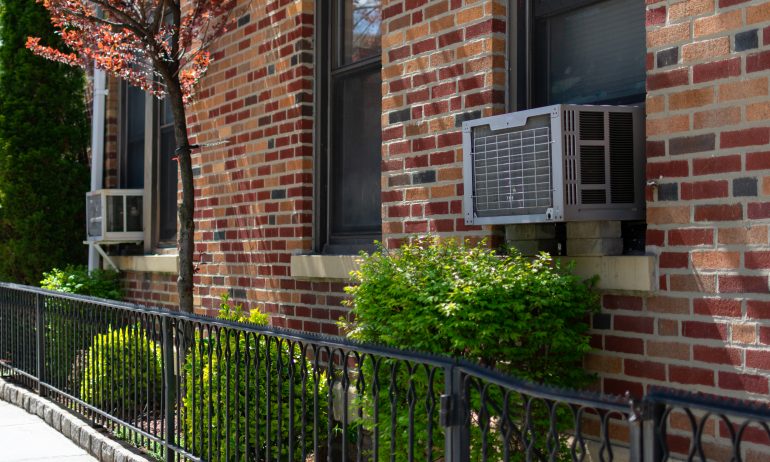
Cost: About $200 to $1,000 per unit.
Pros:
Can be installed and removed easily from windows; easy to take along if you relocate.
Quick, effective cooling.
Easy to install.
Many energy-efficient options.
Less expensive than portable units.
Lowers humidity, which makes the air feel lighter and cooler.
Doesn’t take up floor space.
Cons:
Installing and removing heavy units seasonally can be a cumbersome chore.
Window air conditioners are considered unattractive enough to be banned by some landlords and homeowners associations.
A single unit won’t cool your entire home. You’ll need a separate air conditioner for every frequently used room.
Available in a wide range of sizes and cooling capacities, window air conditioners are a popular option that’s especially affordable for smaller rooms and homes. Most units sit horizontally to fit standard double-hung windows, which can slide open and closed. However you’ll also find models with a vertical orientation designed for casement windows, or windows that open outward like doors. Window air conditioners offer excellent cooling, but only if each unit has the proper BTUs, or British thermal units, for your space.
British thermal units are a measure of energy. The larger the room, the more BTUs an air conditioning unit needs to cool it effectively. For example, a unit with 5,000 BTUs might be suitable for cooling a small room, but a larger room might need one with over 10,000 BTUs. Before choosing a unit, see how many square feet it's designed to cool.
For those who don’t want to sacrifice outdoor views or sunlight, these units can also be permanently installed through an outside wall by a professional contractor. Newer model air conditioners don’t release harmful hydrofluorocarbons (provided they’re working properly), so the primary environmental concerns are electrical consumption and proper disposal.
2. Portable air conditioners
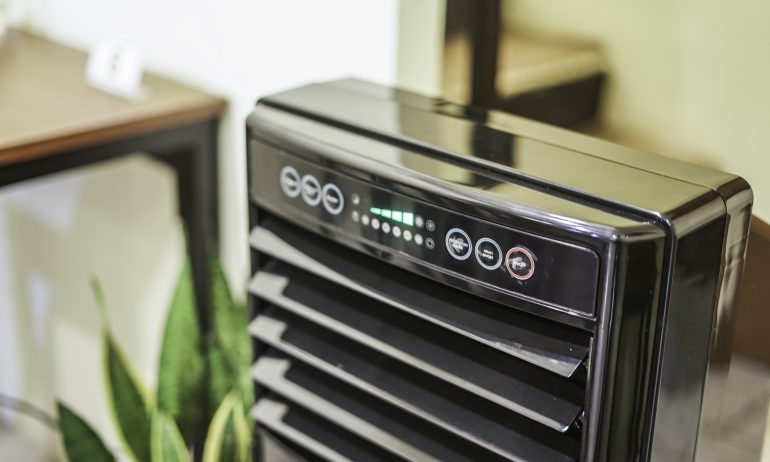
Cost: About $300 to $1,500 per unit.
Pros:
No professional installation required.
Moves easily from room to room, and if you relocate.
Many energy-efficient options.
Lowers humidity to make the air feel lighter and cooler.
Doesn’t restrict light or window view.
Won’t detract from a home’s curb appeal.
Easy installation with no tools required.
Cons:
Moving air conditioners from room to room may be inconvenient.
More expensive than window air conditioning units.
Takes up floor space.
Some units have water collection tanks that must be emptied regularly to avoid leakage into your living space.
May be noisier than other air conditioning systems.
To avoid the need for multiple units, or if your windows won’t accommodate air conditioners, consider a portable model. These units wheel easily from room to room, and come with basic adapter kits that allow hot air to vent through a window, fireplace or exterior wall opening.
Portable air conditioners have a reputation for not being very energy efficient, but there are actually plenty of models with very eco-friendly energy consumption ratings. As with window air conditioners, be sure to choose a unit with the proper BTUs for your space.
3. Evaporative air coolers
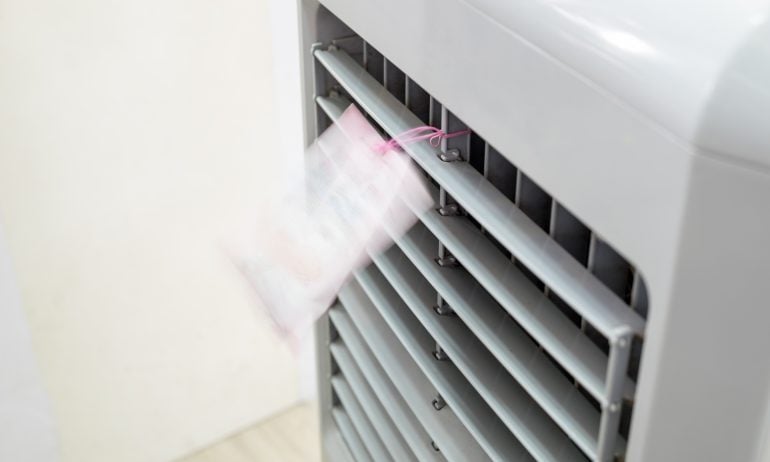
Cost: From $70 (small and portable) to $1,000 (whole house unit).
Pros:
Effective cooling in dry climates.
Many portable, lightweight options that can move between rooms, or if you relocate.
Energy-efficient.
No dangerous coolant chemicals.
Options also include window units, as well as roof and ducted systems.
Cons:
Heavy water usage may cancel out savings on electric bills.
Effective only in dry climates.
If ducts need to be installed, the price increases significantly.
If you live in a dry climate, evaporative air coolers (also known as swamp coolers) may provide a good cooling option. Prices generally range from $70 for small, portable units to $1,000 for units large enough to cool a whole house. Some models require installation, which can add to the cost.
Evaporative coolers pull in hot dry air and then add moisture, which may reduce the indoor temperature by more than 10 degrees. These units are typically more energy-efficient than air conditioners. Unfortunately, however, they do use a great deal of water. Generally, swamp coolers are most effective in areas with low humidity levels.
4. Room fans
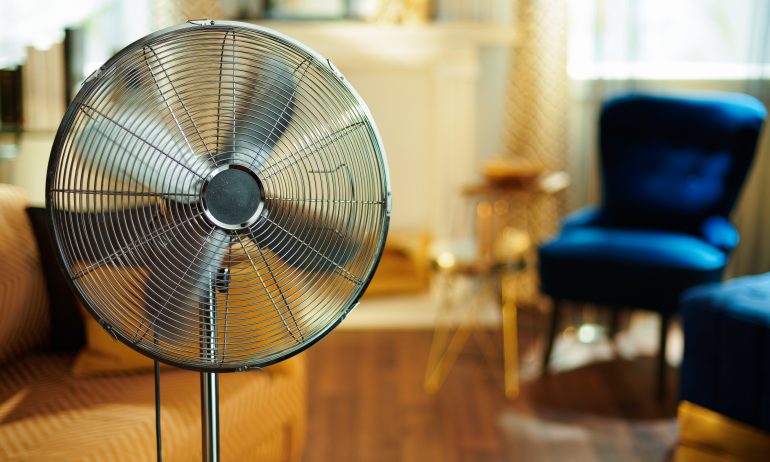
Cost: About $5 to $300.
Pros:
Most affordable cooling option.
Low electricity usage.
No harmful cooling chemicals.
No professional installation required in most cases.
Works well alongside other cooling methods.
Portable, lightweight options transport easily to wherever you are.
The hum of a fan helps some people sleep.
Cons:
Room fans don’t actually lower temperatures; they just move air around.
Noisier models can make it difficult to hear TV shows or music.
Since the dawn of history, people have understood that moving air provides cooling relief. Electric fans still use that timeless principle to make homes feel more comfortable when the thermostat rises, whether you choose a floor, desktop, ceiling or window model. While they’re clearly not as effective as air conditioners, fans instantly make a hot room more comfortable.
5. Whole house fans
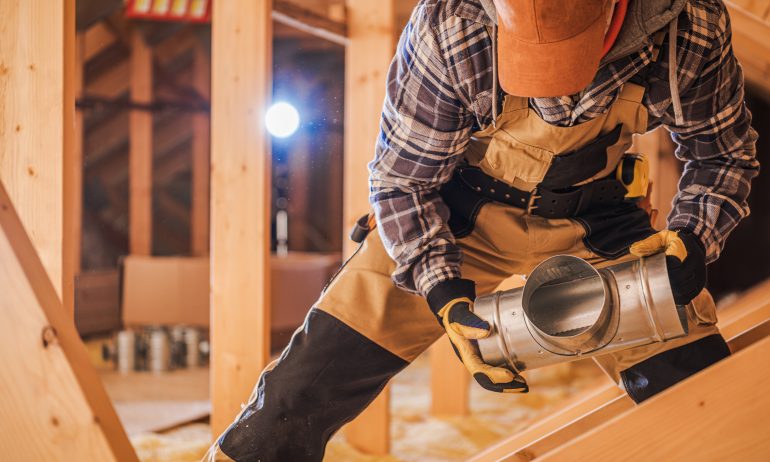
Cost: About $250 to $2,000 per unit; installation is an additional cost.
Pros:
Creates a refreshing breeze to ventilate and freshens indoor air.
Works well alongside other cooling methods.
Energy-efficient.
Affordable to purchase and operate.
Simple installation.
Cons:
Effective only when outside air is cooler than indoor air.
May not provide sufficient cooling on its own.
If you just use your attic for storage you may be missing out on a powerful cooling asset. An attic-mounted whole house fan can force hot, stuffy air out of your home as it pulls in cooler air through open windows. Though these fans don’t cool houses as much as air conditioning can, they’re more energy-efficient, inexpensive to use, and improve ventilation — perfect for airing out your house on a cool evening after a hot day.

